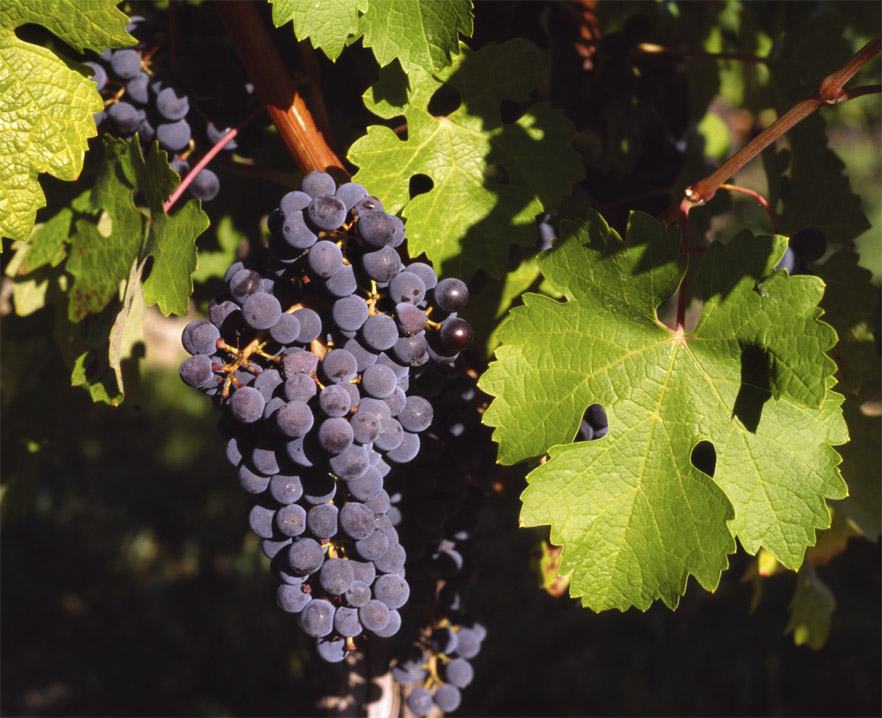The Beginner's Guide to the Art of Winemaking
- Introduction to Winemaking
- Wine Grapes: Varieties And Characteristics
- The Winemaking Process: Part 1
- The Winemaking Process: Part 2
- Understanding Wine Styles
- Sensory Evaluation of Wine
- Advanced Sensory Evaluation Techniques
- Wine Pairing Essentials
- Exploring Wine Regions: Europe
- Exploring Wine Regions: New World
- Organic and Sustainable Winemaking
- The Business of Winemaking
Wine Grapes: Varieties And Characteristics
Understanding Different Grape Varieties in Winemaking

Species of flowering plant in the grape vine family Vitaceae.
The world of wine is as diverse as it is vast, and at the heart of this diversity are the grape varieties. Each variety has its unique characteristics, which contribute to the flavor, aroma, color, and texture of the wine. In this unit, we will explore the major grape varieties used in winemaking, focusing on their unique characteristics and the types of wine they produce.
Vitis Vinifera, Vitis Labrusca, and Hybrid Grapes
There are thousands of grape varieties in the world, but the most important species for winemaking is Vitis vinifera. This species, native to the Mediterranean region, Central Europe, and southwestern Asia, includes most of the well-known varieties such as Cabernet Sauvignon, Merlot, and Chardonnay.
Vitis labrusca, on the other hand, is native to North America and includes varieties like Concord and Niagara. These grapes are often used in making fruitier wines, jams, and juices.
Hybrid grapes are a cross between Vitis vinifera and other Vitis species (like Vitis labrusca). These hybrids are often more resistant to diseases and harsh weather conditions, making them popular in regions with challenging climates.
Popular Red Grape Varieties
-
Cabernet Sauvignon: Known as the "king of red wine grapes," Cabernet Sauvignon is loved for its depth of flavor and high tannin content. It produces full-bodied wines with notes of blackcurrant, black cherry, and often, a hint of bell pepper.
-
Merlot: Merlot grapes make soft, medium to full-bodied wines with juicy fruit flavors like plums, cherries, and blackberries. Merlot is often blended with Cabernet Sauvignon to soften the robust flavors.
-
Pinot Noir: This grape is notoriously difficult to grow but produces some of the world's most celebrated wines. Pinot Noir wines are typically light to medium-bodied with flavors of red fruit like strawberries, cherries, and raspberries.
-
Syrah: Also known as Shiraz, Syrah grapes produce bold, full-bodied wines. They are known for their flavors of dark fruits, pepper, and sometimes, smoked meat.
Popular White Grape Varieties
-
Chardonnay: This versatile grape can be crafted into a wide range of styles, from crisp and mineral-driven to rich and buttery. Common flavors include apple, pear, citrus, and – in warmer climates – tropical fruits.
-
Sauvignon Blanc: Known for its high acidity and aromatic qualities, Sauvignon Blanc produces crisp, dry, and refreshing white wines. It often has flavors of green fruits like apple, pear, and gooseberry, along with herbaceous notes.
-
Riesling: Riesling wines can range from bone-dry to very sweet. They are known for their high acidity, floral aromas, and flavors of citrus, peach, and apricot.
By understanding the characteristics of these grape varieties, we can begin to predict the types of flavors and aromas we might find in a bottle of wine. However, remember that these are general characteristics – the final product can be influenced by many factors, including the winemaking process and the specific conditions of the vineyard where the grapes were grown.